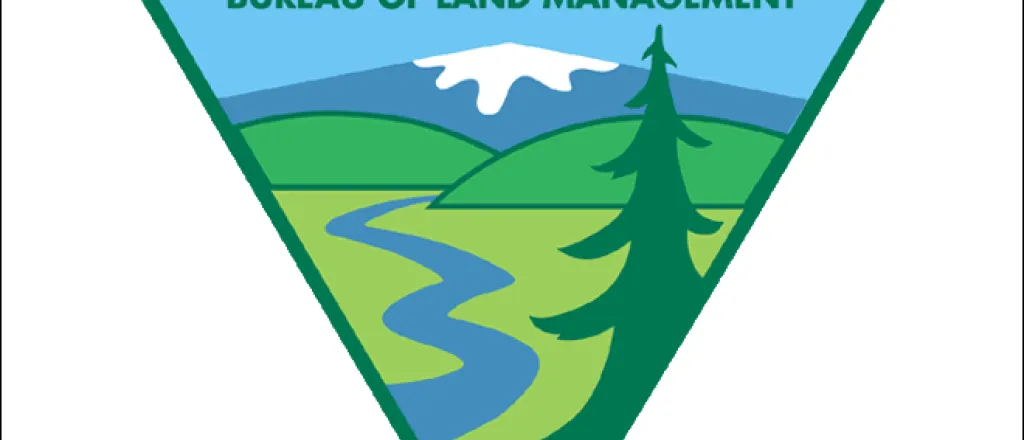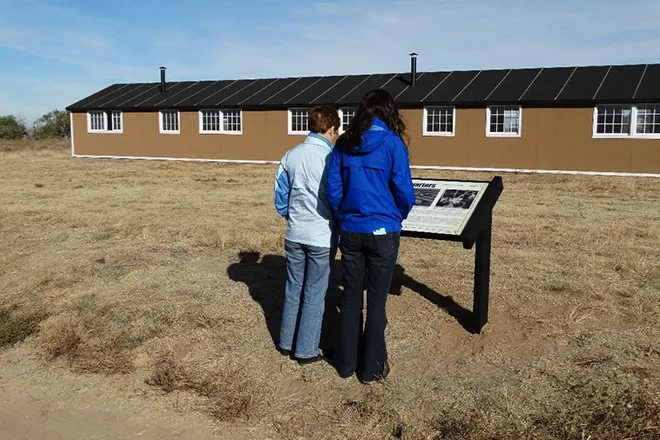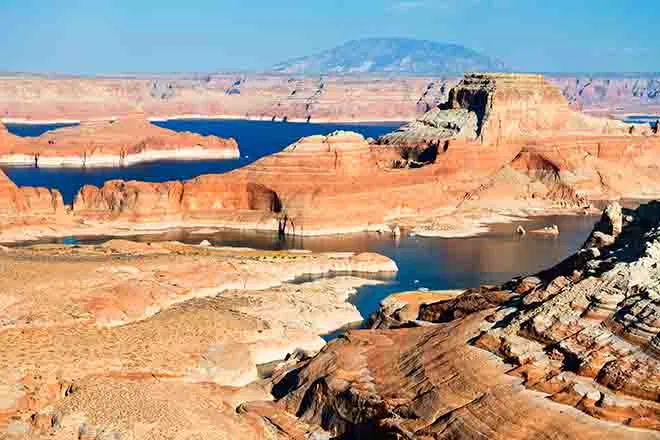
Conservation groups blame feds for damage to rare dinosaur tracks in Utah
(Utah News Connection) Conservation groups say it was a close call last week when a Bureau of Land Management (BLM) contractor began clearing a site near Moab which contained dinosaur tracks believed to be 112 million years old.
A wooden boardwalk was removed from a portion of the Mill Canyon Dinosaur Tracksite and some ground cover was cleared before work was stopped.
The Center for Biological Diversity heard about the incident on social media and fired off a cease and desist letter to the BLM to halt work.
Patrick Donnelly, director of the Great Basin Center at the Center for Biological Diversity, said the federal land-management agency failed to follow its own regulations.
"The NEPA [National Environmental Policy Act] document required there to be someone on site," Donnelly explained. "There was no one on site, so it was basically just some guy with a bulldozer going out there thinking he was doing the right thing because he didn't know any better and no one told him."
The BLM issued a statement saying workers at the site were improving areas for public access following a NEPA analysis, but did not damage the artifacts.
Donnelly disagreed, saying an inspection showed a backhoe had driven over as much as 30% of the site.
Donnelly pointed out part of the problem is the BLM is understaffed and trying to rebuild after four years of Trump administration attempts to dismantle the agency.
"This would not have happened if they had a staff paleontologist," Donnelly asserted. "Not every BLM office in the country needs a staff paleontologist, but I would think the Moab field office does. There's a lot of paleontology there."
Donnelly believes the destruction of resources at the site violates several federal laws, including the Federal Lands Policy and Management Act for failing to adhere to project approval documents.
"I would say that the immediate danger sort of has passed," Donnelly noted. "I am hopeful about this. We raised a big thing about it, and I think rightfully so, but I'm hoping we can get on the right track."
Mill Canyon is one of the largest and most diverse dinosaur track sites from the Early Cretaceous period in North America. The discovery was reported to the BLM in 2009, and research began in 2010.

















